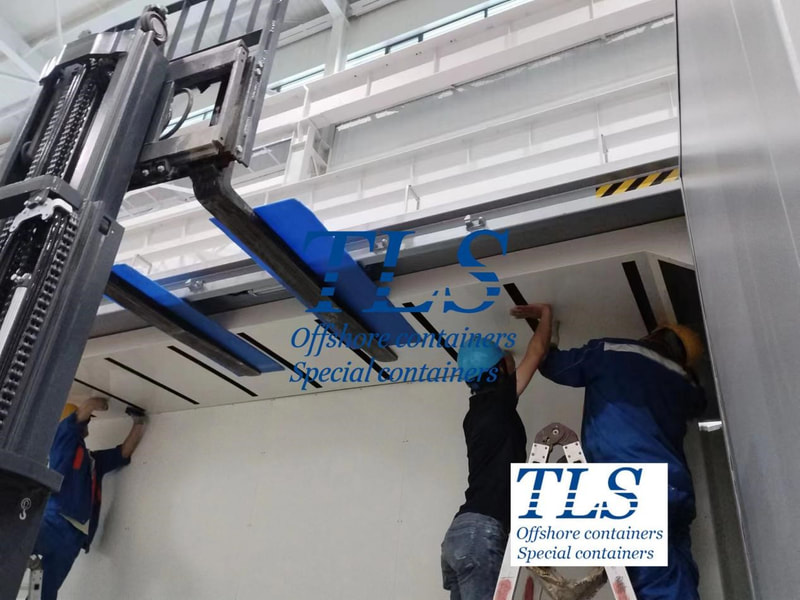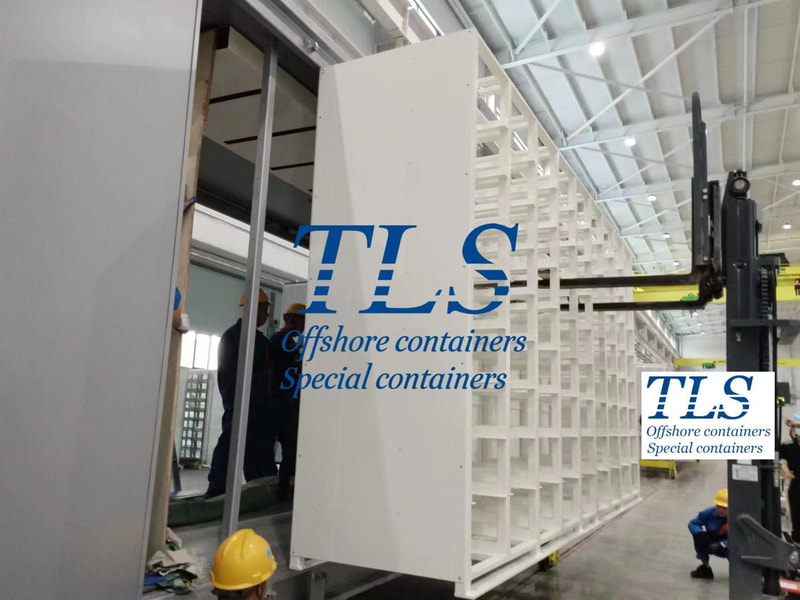|
As the world increasingly shifts toward sustainable energy solutions, Battery Energy Storage Systems (BESS) have emerged as a vital component in the renewable energy landscape. These BESS containers store energy for later use, making it crucial to optimize their setup for maximum efficiency and longevity. One critical aspect of setting up a BESS container is the installation of racks and air ducts, which ensure the proper functioning and cooling of the battery system. In this article, we'll provide a comprehensive step-by-step guide on how to install racks and air ducts in a BESS container. Step 1: Safety Precautions Before starting the installation process, prioritize safety. Wear appropriate personal protective equipment (PPE), such as gloves and safety goggles, to safeguard yourself during the installation. Make sure to follow all safety guidelines provided by the container manufacturer and adhere to local safety regulations. Step 2: Planning and Design Proper planning and design are crucial to ensure the efficiency and functionality of the BESS container. Review the manufacturer's specifications and guidelines for the layout and design of the racks and air ducts. Consider factors such as battery size, airflow requirements, and access for maintenance. Create a detailed layout plan before proceeding to the installation phase. Step 3: Prepare the Container Prepare the BESS container for installation by cleaning and clearing the interior space. Remove any debris or obstacles that could hinder the installation process. Verify that the container floor is level and clean to facilitate the proper positioning of racks and air ducts. Step 4: Installing the Racks Racks serve as the support structure for the battery modules, providing stability and organization within the container. Follow these steps to install the racks properly:
Step 5: Installing the Air Ducts Air ducts play a vital role in maintaining the BESS container's temperature by facilitating proper ventilation and cooling. Here's how to install air ducts effectively:
Step 6: Testing and Quality Assurance After the installation of racks and air ducts is complete, conduct thorough testing to verify the system's efficiency and safety. Test the battery modules' connections, the effectiveness of the air ducts, and the proper functioning of the ventilation fans. Address any issues identified during testing promptly. Step 7: Regular Maintenance To ensure the BESS container's long-term performance, establish a regular maintenance schedule. Inspect the racks and air ducts periodically to identify and address any signs of wear, damage, or inefficiency. Clean the air ducts and fans regularly to prevent dust and debris buildup, which can obstruct airflow and decrease cooling effectiveness. In conclusion, the proper installation of racks and air ducts is critical to the functionality and longevity of a BESS container. By following this step-by-step guide and adhering to the manufacturer's guidelines, you can optimize the performance of your BESS container, contributing to a more sustainable and efficient energy storage solution. TLS Offshore Containers / TLS Special Containers is a global supplier of standard and customised containerised solutions. Wherever you are in the world TLS can help you, please contact us. Regarding the Battery Energy Storage System (BESS) container, please download Energy Storage System (ESS) Containers brochure for reference. #BESS container #Battery Energy Storage Systems #BESS installation #Rack installation #Air duct installation #Renewable energy storage #Energy storage solutions #Sustainable energy solutions #Battery modules #Ventilation fans Written by OliverComments are closed.
|
Archives
July 2024
Categories
All
|
- Home
-
Containerised solutions
- Intelligent pressurised container | MUD logging cabin
- Battery energy storage system (BESS) container
- Flexible grid tied battery storage system
- Laboratory container | workshop container | Equipment containers
- Temporary refuge shelter | Toxic gas refuge | Safe haven
- Offshore accommodation cabin | office container
- Reefer container | Refrigerated container
- Intelligent waste water treatment container
- Fresh water generator container
- Cargo Containers
- Product photos & videos
- News & Blogs
- Contact us
|
Featured products
Intelligent pressurised container Temporary refuge (TR) shelter, toxic gas refuge (TGR) Battery energy storage system (BESS) container Containerised waste water treatment plant Fresh water generator container Reefer container Laboratory container, Workshop container Accommodation container Offshore closed container |
All Rights Reserved 2020 © TLS Offshore Containers / TLS Energy
|


